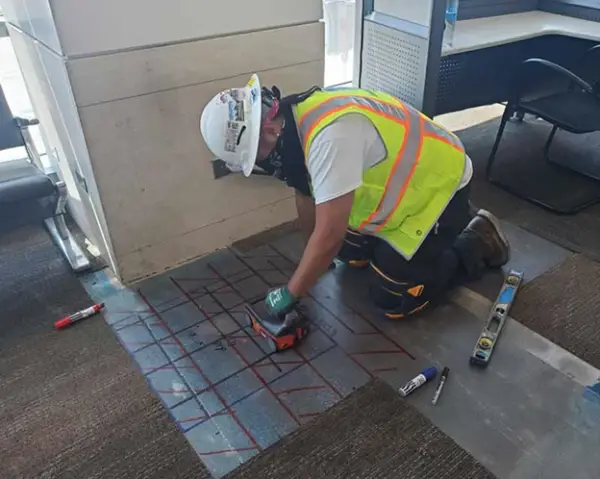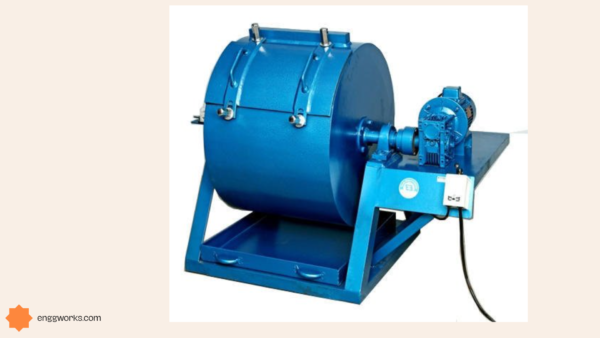Precast concrete construction refers to the fabrication of concrete structural elements at an offsite controlled facility, which are then transported and assembled into a building or structure at the project site.
Precast concrete has been embraced by the construction industry due to the many benefits it offers over traditional cast-in-place concrete.
The main purpose of utilizing a precast concrete system is to improve project efficiency and productivity.
By shifting labor-intensive concrete work to a specialized precast plant, the overall construction timelines can be shortened significantly.
Assembly of prefabricated components is faster than conventional construction using brick, blockwork or cast in-situ concrete. This allows earlier building enclosure and use.
Additionally, precast improves quality through standardized production in a controlled environment, instead of reliance on variable site casting conditions.
The use of precast concrete further aims to achieve a number of construction advantages:
- Faster and more reliable project delivery
- Improved quality control and structural performance
- Enhanced durability and building lifespan
- Lower lifecycle costs for owners
- More sustainable construction with less waste
- Safer working conditions on site
- Creative flexibility for architectural expressions
Precast Concrete Construction Methods
The manufacture of precast concrete elements involves highly controlled and mechanized processes for efficient production. Concrete is poured into reusable molds and cured in temperature & moisture-controlled environments to achieve high early strength and durability.
Specialized equipment and techniques allow fast cycle times and precision fabrication. Common structural and architectural precast components include:
- Hollow-core slab units
- Wall panels
- Columns
- Beams
- Staircases
- Facade & cladding units
Computer-aided 3D modeling ensures accurate shop drawings and integration of building services into the precast units.
Precast Concrete Building Systems
Full structural systems can be created using an integrated combination of precast concrete elements customized to project requirements. This includes:
- Flooring systems – Hollow-core planking, solid slabs
- Framing systems – Columns, beams, wall panels
- Facade systems – Insulated sandwich panels, architectural cladding
- Modular volumetric units – Bathroom pods, hotel rooms
Precast systems allow rapid on-site assembly into complete buildings with seamless integration of architecture, structure, services and finishes.
Advantages of Precast Concrete Construction
Compared to site-cast concrete, precast offers major advantages:
- Quality – Curing in controlled environments results in high strength, durability
- Speed – Concurrent offsite fabrication and site preparation enables rapid construction
- Efficiency – Standardized production with mechanization improves productivity
- Flexibility – Custom solutions for unique designs are possible
- Sustainability – Reduced waste, reusable molds, optimized material use
Precast Concrete Wall Panels
Load-bearing or non-load bearing precast concrete wall panels offer versatility for buildings. Key benefits include:
- Quick installation compared to brickwork
- Integrated insulation & finishes
- Design flexibility – shapes, patterns, textures
- Durability
- Fire resistance
- Acoustic insulation
- Reduced site storage needs
Applications range from industrial warehouses to stylish modern apartments.
Prefabricated Precast Concrete Structures
Prefabrication shifts construction activities to controlled factory conditions for higher quality. Entire buildings can be precast and transported in modules for rapid site assembly. This allows:
- Concurrent site preparation works
- Just-in-time delivery
- Minimal disruption to surrounding areas
- Early building enclosure & use
From hospitals to high-rises, prefabrication with precast concrete enhances constructability.
Precast Concrete Architectural Products
Beyond pure structure, precast enables endless architectural expressions with customized aesthetics, textures and details including:
- Facade panels
- Decorative cladding
- Screens
- Balustrades
- Planters
- Benches
Architectural precast concrete creates unique identities for stunning landmark buildings.
Precast Concrete Bridge Construction
Over 65% of bridges in the US are concrete, with precast options offering advantages like:
- Rapid construction
- Improved workzone safety
- Reduced traffic delays
- Increased structure longevity
- Cost efficiencies
- Minimal maintenance
Standard precast solutions exist for components like girders, decks, pier caps, abutments, parapets, railings etc.
Precast Concrete Retaining Walls
As an alternative to conventional cast in-situ walls, precast retaining wall systems feature:
- Faster installation
- Effective use in poor ground
- Long design life
- Range of finishes
- Reinforcement for stability
Main applications include bridge abutments, embankments, basement excavations, landscape designs.
Precast Concrete Parking Garages
Precast concrete framing systems create column-free parking garages with clearance, lighting and ventilation benefits. Double tees and hollow-core planks enable long clear spans for flexibility. Prefabricated components reduce construction timelines by over 30%.
Precast vs Site-Cast Concrete Construction
While site-cast concrete enables monolithic pours and total flexibility, precast concreting leverages controlled, industrialized production to improve speed, efficiency, quality and sustainability. A combined approach balances customization and performance. Hybird designs utilize precast elements like cladding panels, columns and planks together with in-situ beams, slabs and cores. This optimizes time, cost and structural effectiveness.
In conclusion, precast concrete construction accelerates building schedules while enhancing quality, efficiency and sustainability. Continued innovation in structural systems, architecture solutions, specialized products and rapid assembly technologies will expand adoption across residential, commercial, transport and industrial sectors.






